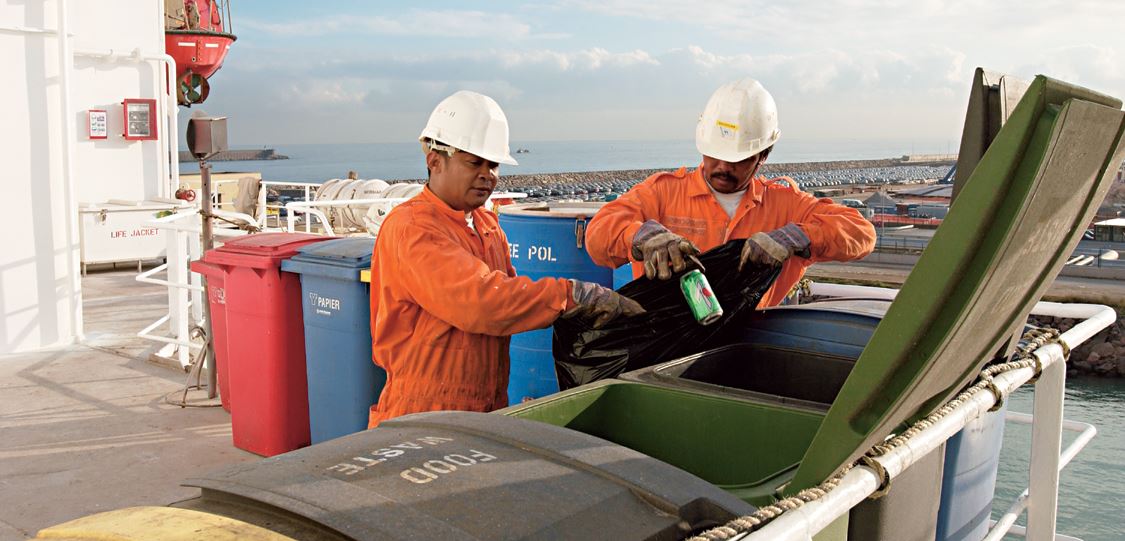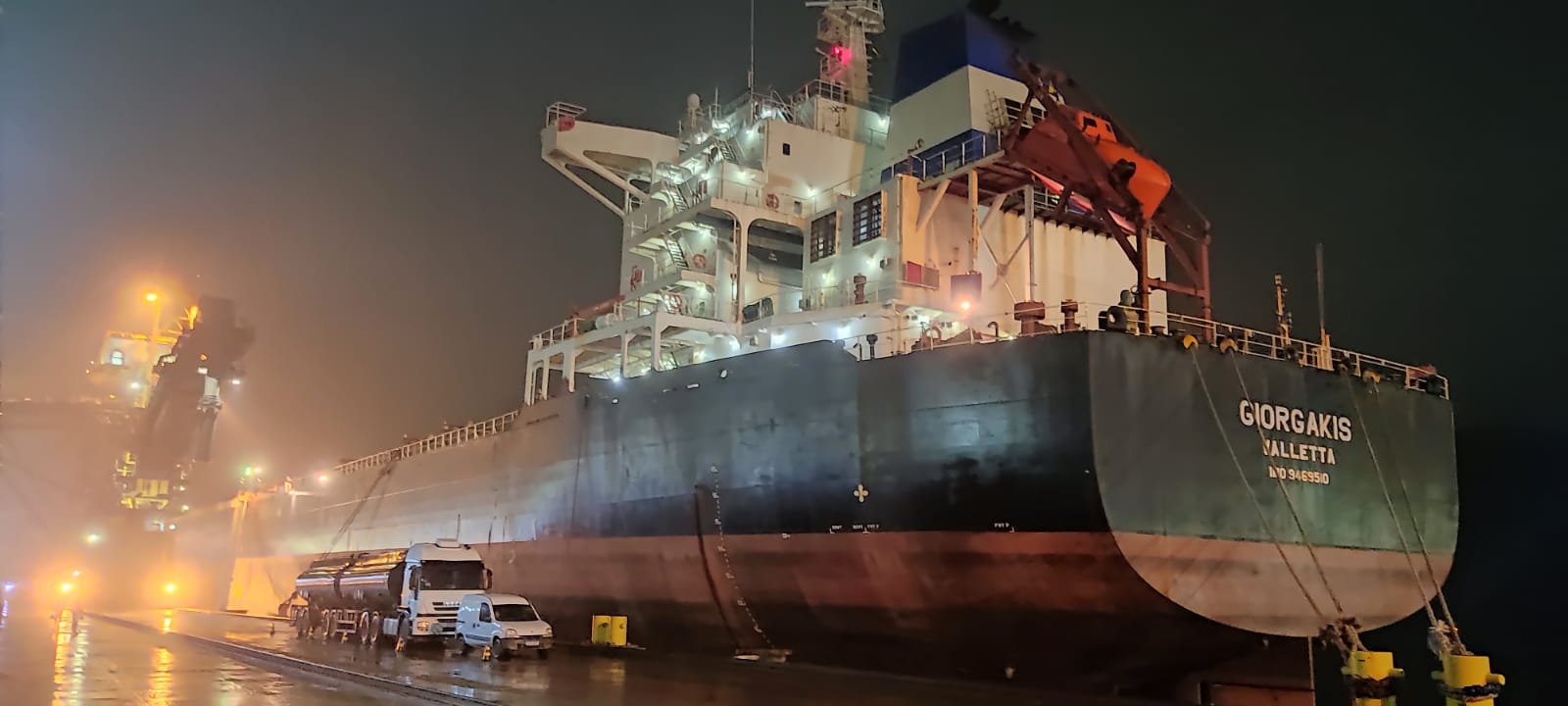Necessity for Segregation of Solid Wastes

Garbage removal is an essential aspect of ensuring that our oceans and waterways are clean and free from pollution. In the context of vessels and cruisers, the effective removal of garbage is particularly important in ports, where large volumes of waste are generated on a regular basis. In this article, we will explore the various methods of garbage removal in vessels and cruisers in ports and the importance of responsible waste management.
Firstly, it is important to understand that the waste generated on vessels and cruisers is quite diverse, ranging from food waste to plastics, paper, and other materials. It is therefore important to have a comprehensive waste management plan in place to handle this waste effectively. Such a plan typically includes guidelines for the segregation and storage of different types of waste, as well as procedures for the collection and disposal of this waste.
One of the primary methods of garbage removal in vessels and cruisers is through onshore facilities, such as waste transfer stations and recycling centers. In many ports, these facilities are equipped to handle large volumes of waste from vessels and cruisers, and are often located near the docks for easy access. Waste transfer stations typically provide facilities for sorting and compacting waste, which can then be transported to larger landfills or recycling centers for further processing.
In addition to onshore facilities, many vessels and cruisers are also equipped with their own waste management systems. These systems may include compactors and shredders to reduce the volume of waste, as well as storage tanks for holding waste until it can be offloaded at the next port. In some cases, vessels may also be equipped with incinerators for burning waste, although this is less common due to concerns about air pollution and emissions.
Regardless of the method used for garbage removal in vessels and cruisers, it is important to prioritize responsible waste management practices. This includes the segregation of different types of waste, such as plastics, glass, and food waste, to facilitate recycling and reduce the amount of waste that ends up in landfills. It also involves minimizing the use of single-use plastics and other disposable items, and implementing measures to prevent the release of waste into the environment, such as through littering or improper disposal.
In addition to the environmental benefits of responsible waste management, there are also economic benefits. By reducing waste and increasing recycling, vessels and cruisers can reduce their operating costs and contribute to the sustainable management of resources. Furthermore, responsible waste management practices can enhance a company’s reputation and promote its commitment to sustainability, which can be important for attracting environmentally-conscious customers and stakeholders.
Garbage removal in vessels and cruisers in ports is a vital aspect of responsible waste management. By utilizing onshore facilities and implementing their own waste management systems, vessels and cruisers can effectively manage the waste generated during their operations. Through responsible waste management practices, these vessels and cruisers can also contribute to the preservation of our oceans and waterways, as well as promote their own economic and environmental sustainability.
Back